Researchers at the King Abdullah University of Science and Technology (KAUST) in Saudi Arabia have fabricated a triple-junction perovskite-perovskite-silicon tandem cell with stabilized perovskite layers that achieved a power conversion efficiency of 28.7% on a device with 1-cm2 aperture area. It is a new efficiency record for this type of cell, according to the research team.
The research team noted that the high efficiency potential of such triple junction cells has yet to be reached due to well-documented issues with the 1.50-eV formamidinium lead triiodide (FAPbI3)-based middle layer and the 2.0-eV bromide-rich (Br-rich) top layer. The former typically suffers degradation during subsequent solar cell fabrication steps and the latter suffers from light-induced phase segregation.
“First, we systematically defined the various phase degradation mechanisms across different perovskite compositions as a unified phase instability framework, fundamentally driven by phase transitions and ion migration, said Stefaan De Wolf, corresponding author, told pv magazine.
“To address this, we introduced 3-ammonium propionic acid (3A⁺) into the perovskite lattice, forming multiple ionic and hydrogen bonds. This structural modification significantly raised the phase transition energy barriers and suppressed the formation of Schottky defects, which are known to facilitate such transitions,” he said.
The group reported that the effects of the modification “simultaneously” inhibited both the degradation in the 1.5 eV perovskites and the light-induced phase segregation of 2.0 eV perovskites.
“Furthermore, the carboxylic group in 3A⁺ interacts strongly with the buried interface, a self-assembled monolayer (SAM), enhancing electronic cloud coupling and promoting more efficient charge transport,” De Wolf explained.
In the study, the researchers also tested the ammonium modification on tin lead (Sn-Pb) junction cells with a narrow bandgap of around 1.25 eV.
After testing, the team observed reduced bulk vacancy formation and improved efficiency of the sample perovskite solar cells, “including Sn-Pb narrow-bandgap, FAPbI3-based mid-bandgap, and Br-rich wide-bandgap compositions,” according to De Wolf.
“By incorporating these stabilized perovskites into triple-junction devices, we achieved an efficiency of 28.7% for perovskite/perovskite/silicon tandems, representing a new efficiency record in the field,” stated De Wolf, adding that both stability and reproducibility of the devices were markedly improved, with the devices retaining over 85% of the initial efficiency after 1,000 hours of continuous illumination.
“These results not only push the boundaries of triple-junction solar cell efficiency but also offer a generalizable strategy for improving the phase stability of perovskite absorbers, an essential step toward their industrial deployment,” said De Wolf.
Details of the investigation are described in “Stabilized perovskite phases enabling efficient perovskite/perovskite/silicon triple-junction solar cells,” published in nature materials. Researchers from Marmara University in Turkey and Ludwig Maximilians Universität (LMU) in Germany also participated in the study.
Looking ahead, the team will continue to “push the efficiency of triple-junction perovskite-based solar cells beyond the single-junction Shockley-Queisser limit,” through comprehensive material and device innovations, according to De Wolf.
The group intends to focus particularly on optimizing the top perovskite sub-cell, including new wide-bandgap compositions and refined interfacial designs, to minimize losses and enhance overall performance.
This content is protected by copyright and may not be reused. If you want to cooperate with us and would like to reuse some of our content, please contact: editors@pv-magazine.com.
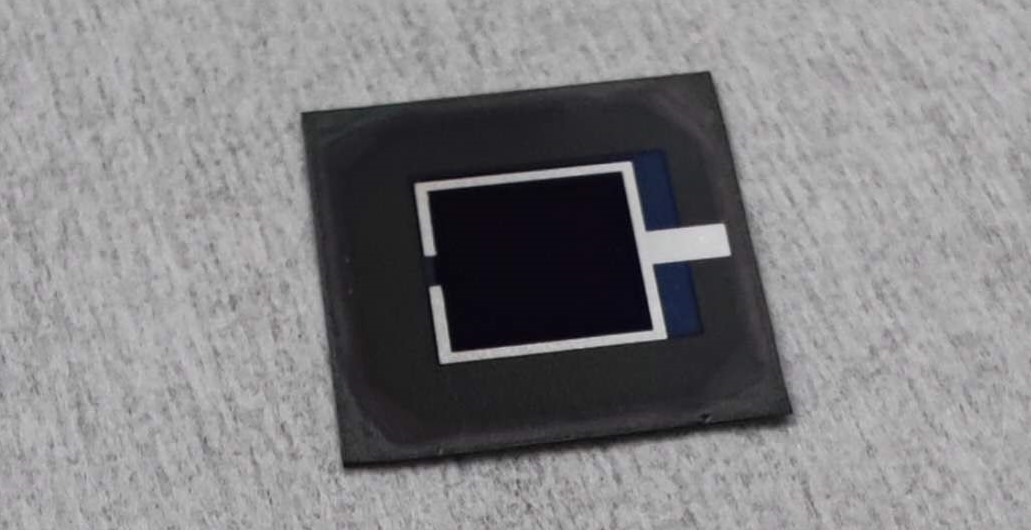
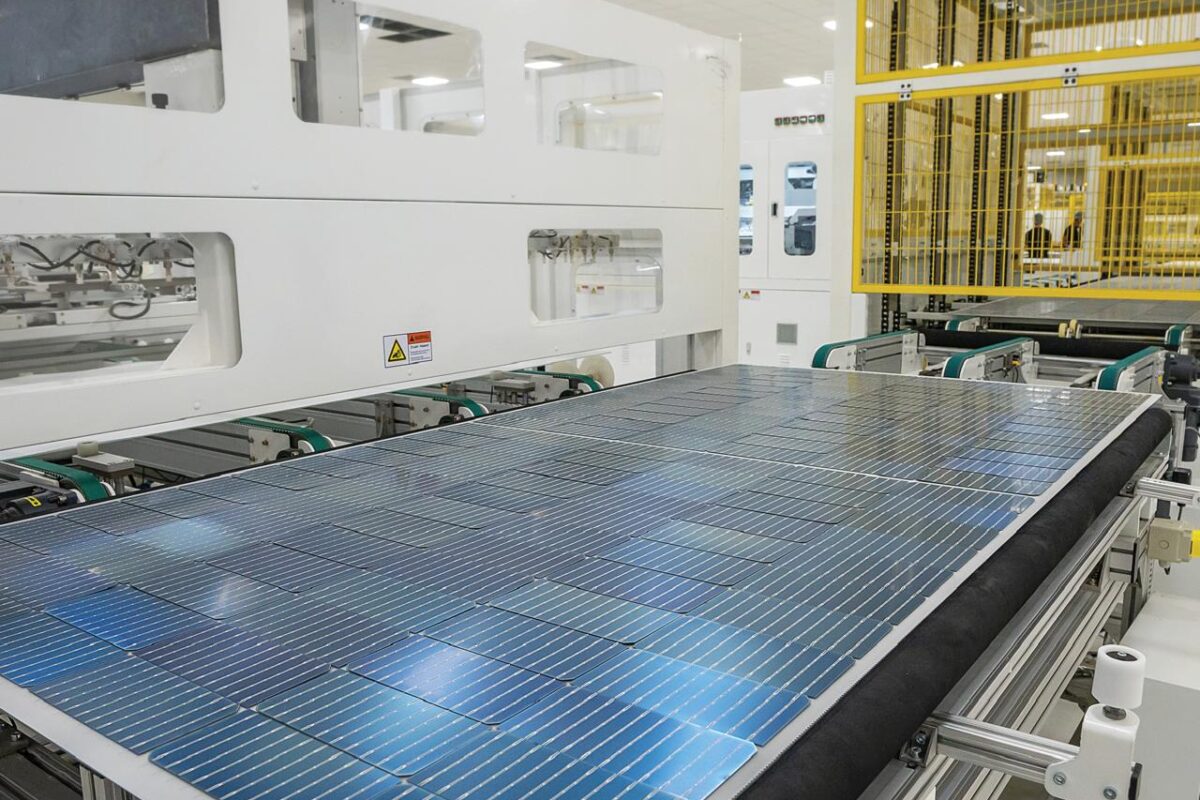


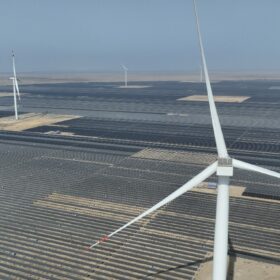
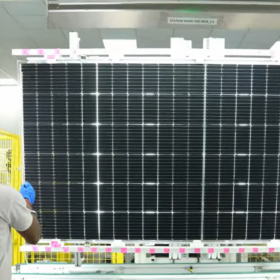

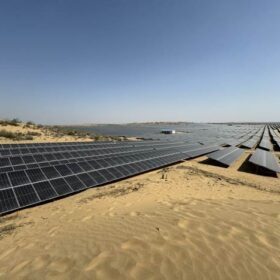
By submitting this form you agree to pv magazine using your data for the purposes of publishing your comment.
Your personal data will only be disclosed or otherwise transmitted to third parties for the purposes of spam filtering or if this is necessary for technical maintenance of the website. Any other transfer to third parties will not take place unless this is justified on the basis of applicable data protection regulations or if pv magazine is legally obliged to do so.
You may revoke this consent at any time with effect for the future, in which case your personal data will be deleted immediately. Otherwise, your data will be deleted if pv magazine has processed your request or the purpose of data storage is fulfilled.
Further information on data privacy can be found in our Data Protection Policy.